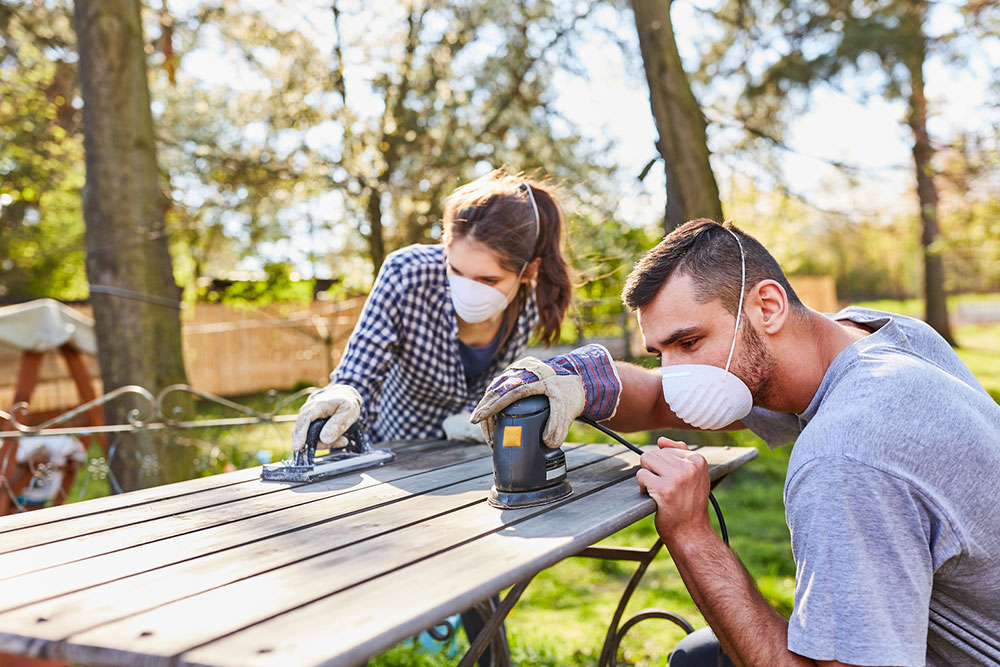5 common garden renovation mistakes to avoid

Building a garden from scratch is a joyous journey that often becomes a moment of pride for homeowners. From choosing the right plants to understanding where to place them, this process can be tricky. Making the wrong choices here could result in a garden that appears too cluttered or disorganized. Continue reading to learn more about common garden renovation mistakes and how to avoid them to build a space that stands out.
Buying only flowering plants
One of the most common mistakes people make when redoing their gardens is adding too many flowering plants. While these may present a picturesque scene during spring, the garden will end up looking pale and dull through the rest of the year. It could also impact the overall appeal of one’s home. To avoid this, try to pick a variety of plants for the garden that give it a vibrant look all year round. Think of evergreen leaves, summer blossoms, spring colors, and berries in the autumn. Not only will this create a more functional garden, but it will also add some depth by using contrasting shapes and colors.
Using too many intricate shapes and designs
While picking intricate designs sounds like a great idea to elevate the garden’s look, maintaining it can be challenging. Over time, this could end up looking scraggly or messy. Save the trouble and opt for simpler designs, such as simple curves and geometric shapes, with a 50:50 mix of hard and soft landscaping. It can help save a lot of money during renovation and maintenance.
Squeezing in too much
Don’t go overboard when designing the garden. While garden ornaments and furniture like sofas and picnic tables are appealing add-ons to the space, it is necessary to exercise restraint. Adding too many items can make the space appear cluttered and difficult to use.
Before starting on the renovation, take some time to reflect and plan the space out. Start by understanding how the space will be used. For instance, families with children may want a space for the little ones to play, while others may want to build a peaceful area with a reading nook. Use this as a guide to building the dream garden, and think of things that would look lovely throughout the year. Try to limit the number of colors to three or use the same materials in different areas of the garden while doing so. It will help create a functional space that flows well.
Treating the garden as separate from the home
The flow is not limited to the garden alone; it begins with the house. Since the garden space is an extension of one’s home, one must give it as much importance as the house’s interior space to complement its architecture. In bigger gardens, one can achieve this by creating focal points or patios in styles that align with the house’s windows and doors.
Skimping on borders
Many homeowners also opt for extremely thin flowerbeds on the borders, thinking these would require less maintenance. However, this can ruin the finish of the garden and increase overhang. Instead, opt for low-maintenance plants like shrubs that can add the necessary structure and color to the borders.





